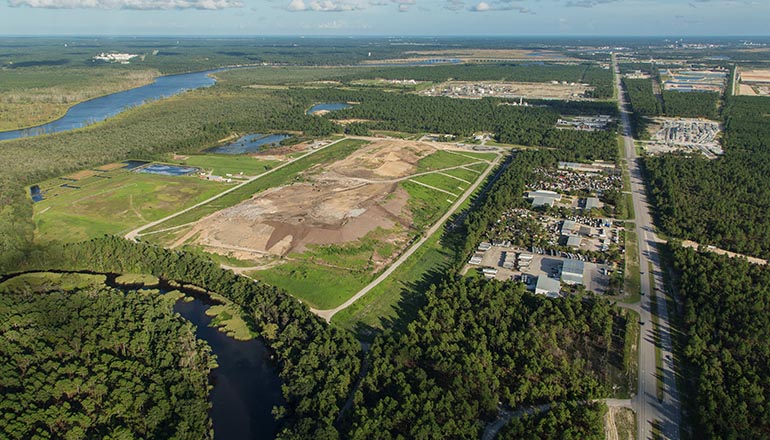Current Strategies for Managing PFAS in Leachate

Last week, the Environmental Research & Education Foundation (EREF) held a Science Session webinar on “Weighing the Options: Current Strategies for Managing PFAS in Leachate,” which covered the science behind PFAS in leachate; the EPA’s interim guidance; knowledge gaps that exist; and more.
I moderated this session with Dr. Stephanie Bolyard, Research and Scholarships Program Manager at EREF. Dr. Bolyard was able to take complex science and distill it into concrete takeaways for the industry.
PFAS — these man-made chemicals that have given us convenience for decades — are everywhere, including non-stick pans, stain-resistant couches, and waterproof clothing. And, its convenience and usefulness have led to the chemicals being found everywhere from the water supply and our soil, to even our blood supply and, of course, leachate in landfills, the main topic of this webinar.
Dr. Bolyard discussed why so much PFAS ends up in landfills and noted that “it’s not just in our consumer products; it’s in the manufacturing of items; in industrial processes and even in our food wrappers.” She went on to say “it’s to the point now where we’re finding it in pristine environments like the Arctic, showing that PFAS are mobile.” So it makes sense that landfills, as receivers of our waste, are places where PFAS are showing up more and more.
Dr. Bolyard talked about the EPA’s most recent interim guidance related to PFAS, which offers suggestions related to both the destruction and disposal of PFAS-containing waste materials. The guidance outlines three management options: underground injection control, landfilling, and thermal treatment. But, “one thing they also outline and recognize is that not all of these options are suitable for solid, liquid, and gas waste.” Dr. Bolyard touched on limitations of the various options, including knowledge gaps that exist about landfills’ ability to prevent the migration of PFAS to groundwater (which is currently being studied through an EREF-funded project).
Next, Dr. Bolyard addressed why PFAS is so challenging to treat in leachate, which is due to its carbon-fluorine bond — the strongest possible bond in the field of organic chemistry. So, “the energy needed to overcome that bond” is significant. “We ideally want to…instead of thinking about treatment as a black box…we want to make sure what’s coming out is not containing PFAS, and that we’re not creating other PFAS” when we try to treat it, she said. And, one of the challenges in destruction methods for PFAS is “there is some uncertainty whether or not the destruction is 100%,” necessitating management of PFAS-containing residuals. Dr. Bolyard further discussed the pros and cons of sorption and filtration treatments and the related technologies that exist on the market today.
On the horizon, Dr. Bolyard sees potential in additional treatment methodologies including supercritical water oxidation, electrical discharge plasma, and electrochemical oxidative filtration, which she explained to listeners. Ultimately, Dr. Bolyard is encouraged and excited by “the focus on the science aspect when we’re tackling issues like this; to see the novelty and creativity of what’s out there.”
The session wrapped up with audience questions, including a discussion of the fact that PFAS are water-soluble but not biodegradable, whether energy consumption is a consideration when treating PFAS, the lack of a standard method for measuring PFAS in landfill gas, and whether leachate needs pre-treatment before being treated for PFAS.
About the Author(s)
You May Also Like




